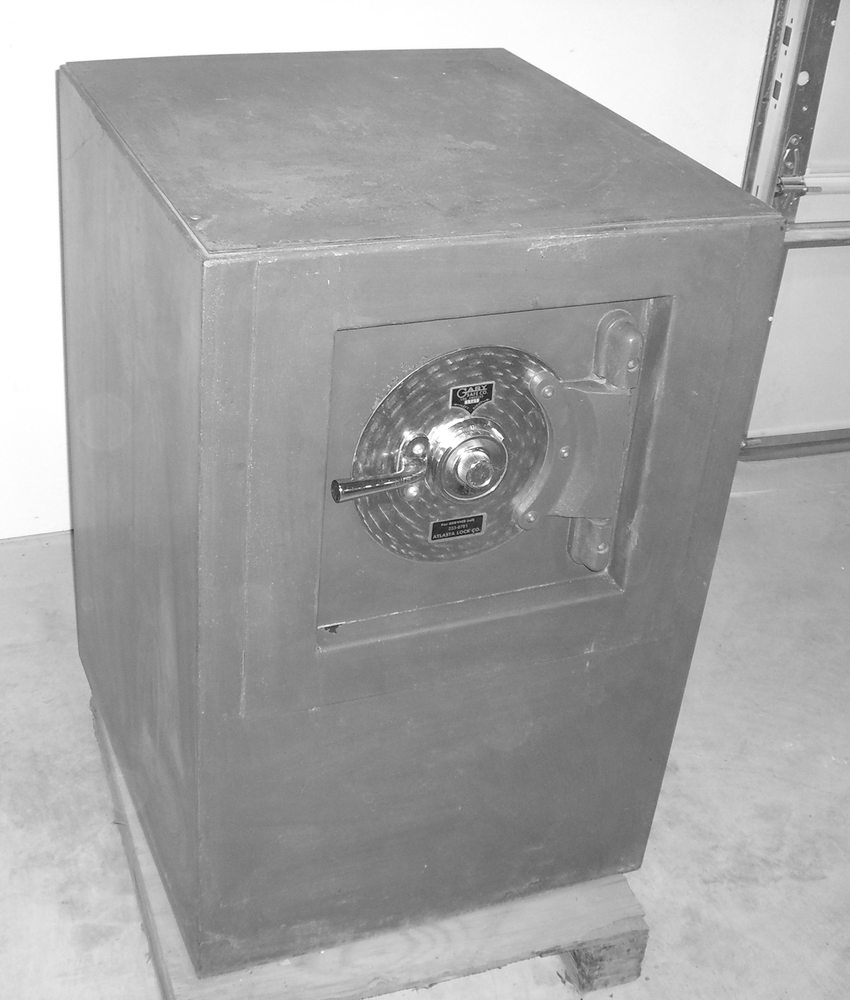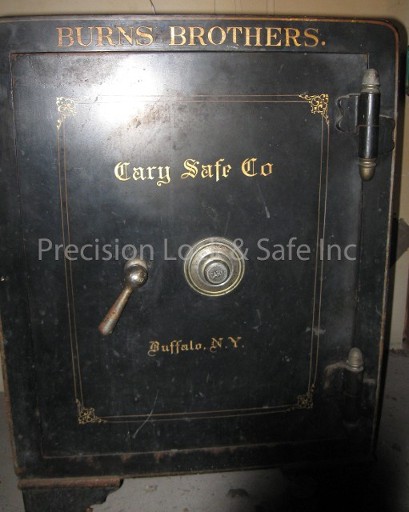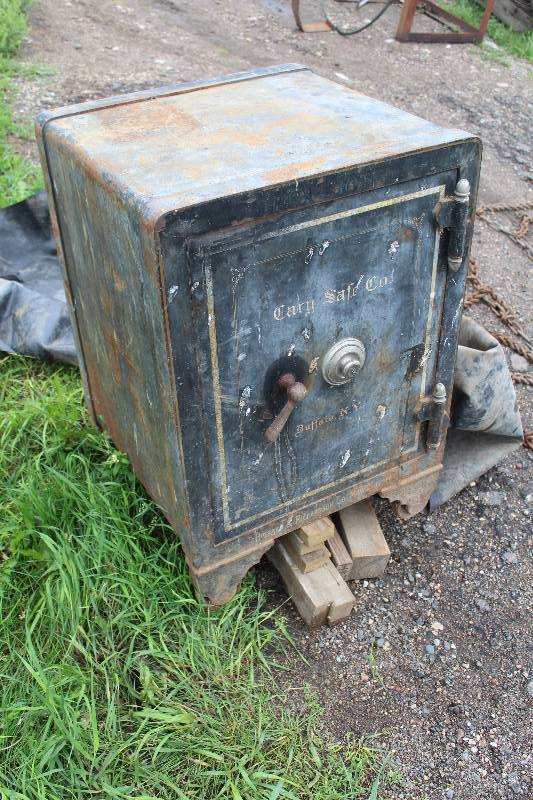

This is the oldest, most common, and yet least effective method of attack when attempting to gain entry to a safe.
CARY SAFE COMBINATION SEQUENCE PROFESSIONAL
We are merely going over the methods of safe opening that are commonly used by burglars and professional safe technicians. Safecracking Methodsĭisclaimer: We are not going to disclose any sensitive information that would make safe owners vulnerable. Regardless of the reason a safe needs to be opened, we are going to shed some light on a few of the methods of safe opening, or safecracking. They include but are not limited to: lost combinations, safe lock malfunctions, fires, and burglary attempts. Thieves are concerned with it for the obvious reasons, but you may ask why is a locksmith concerned with safe cracking?Well, there are a number of legitimate reasons that a safe needs to be cracked. Safe cracking or safe opening is primarily the concern of thieves, and locksmiths. It is merely meant to give a general understanding of the profession to the public. This post is not meant to be a definitive history of safecracking, nor a “how to”. Age, beauty, rarity, and quality, this safe has it all and will become the focal point of any room.There is nothing new about safecracking. I have a video to demonstrate this, but i cannot show that here.

When operating this lock to open or lock the safe the special key jumps out of the lock into your hand, hence the name. Grasshoppers do not walk through the grass they hop to move forward. It's name "Grasshopper" comes from the way it operates. The Grasshopper lock with its unique key was unpickable and only the factory could make a duplicate key.The key as you can see in the photo doesn't even look like a key. This 175 year old beauty retains its original Cherry wood interior with two lockable drawers with keys and its original hand painted drawer fronts. The marble top allowed them to put an oil lamp on a doily on top for reading or a tankard or cup on a flat surface with no damage to the safe and easy cleaning. The size of 28"H x 19 1/2"W x 19 1/2"D was ideal to be used as a side table next to an arm chair or sofa. This safe was made not to be hidden away,but to be out on display as a show of wealth and security. You would have to have been very wealthy to be able to afford a luxury like this in your home at that time. It also has one of the first rare grasshopper locks dated 1846. They are all in Private hands.Ĭirca 1848 Herring Victorian Parlor Safe with a real marble top. Today there are only 16 Marvin Mini-Canonball Safes known to exist.

This is why Marvin Mini-Canonball Safes are so highly sought after by collectors, and Marvin is rightfully considered the "father" of the canonball safe. So Marvin's were the first, the smallest and the most versatile canonball safes ever made. They accomplished this by having to make them much larger and heavier with only a semi round design. It took several years for the other safe makers to figure out ways of designing round safes to get around Marvins original patent design. Because of their round design patent, they were the only safe maker that was able to manufacture this super high security round design safe. The large size stood 34"H and weighed 2,000 lbs. The middle size stood 27"H and weighed 1300 lbs. The smallest size stood 20"H and weighed 650 lbs. The safe was made basically in three sizes. The spherical shape gave it the immense resisting strength of the double arch the strongest possible shape making it secure against the heaviest sledge hammers, distroying the sledge hammers, but not damaging the safe. The safe itself was made of "Chrome Iron" which was impervious to acids and drill bits and was the hardest material yet discovered at that time. That nickname has stuck, and is still in use even today when talking about round design safes. Remember that 1863 was right in the middle of the Civil War, where there were plenty of canonballs being utilized by both sides. It got its nickname of "canonball" from its round design, which looked visually similar to a military canonball. Marvin Safe Company was the first company to create, patent, and produce a round design safe in 1863. Chrome Iron Spherical Mini-Canonball Safe.


 0 kommentar(er)
0 kommentar(er)
